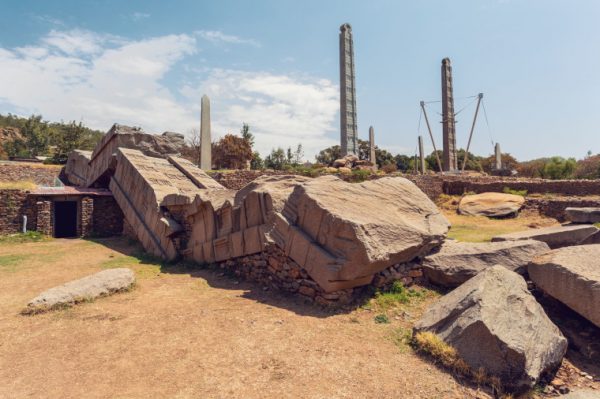The remains of a 1,700-year-old Christian basilica have been uncovered in Ethiopia, giving archaeologists new insight into when Christianity arrived in sub-Saharan Africa.
The Roman-style basilica, from the fourth century A.D., was found in Beta Samati, an ancient town that was once part of the Aksumite civilization, according to a paper published in Antiquity. The remains of the 60 feet long, 40 feet wide building dates back to the time when Christianity became the official religion of the Aksumite empire.
Originally developed by the Romans for administrative purposes, the oldest-known Christian church in sub-Saharan Africa was likely adopted by Christians at the time of Constantine for their places of worship. According to the Smithsonian, the discovery of the church and its contents “confirm Ethiopian tradition that Christianity arrived at an early date in an area nearly 3,000 miles from Rome.”
“The find suggests that the new religion spread quickly through long-distance trading networks that linked the Mediterranean via the Red Sea with Africa and South Asia, shedding fresh light on a significant era about which historians know little,” it adds.
Although Christianity had reached Egypt by the third century A.D., it was not until Constantine’s legalization of Christian observance that the church expanded widely across Europe and the Near East, notes the Smithsonian. Thanks to their new discovery, researchers “can now feel more confident in dating the arrival of Christianity to Ethiopia to the same time frame.”

















